
The Fingerprint
Years ago, I was working in New York City for Hardy Holzman Pfeiffer Associates as the project architect for Disney’s new flagship theater on 42nd Street in Times Square. Disney had acquired the historic New Amsterdam Theater and we were transforming it into a modern-day theater capable of Broadway productions. The New Am was one of the greatest, if not the greatest, theater of its era.
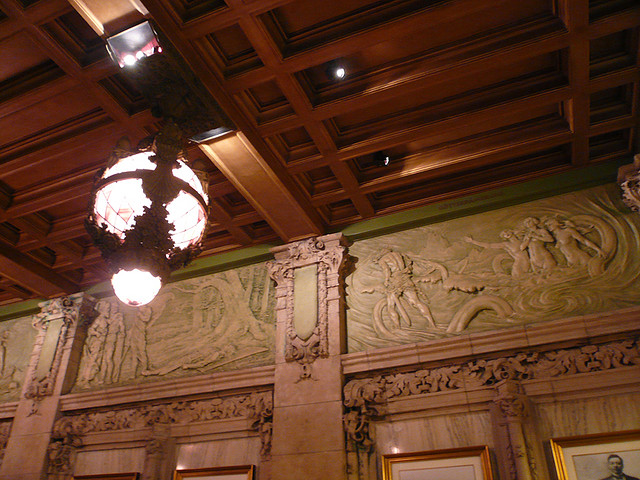
One of my jobs early in the design process was to photograph and catalogue all the ornate plaster work. I was on a ladder looking at a section which was made up of various plaster fruits and leaves.
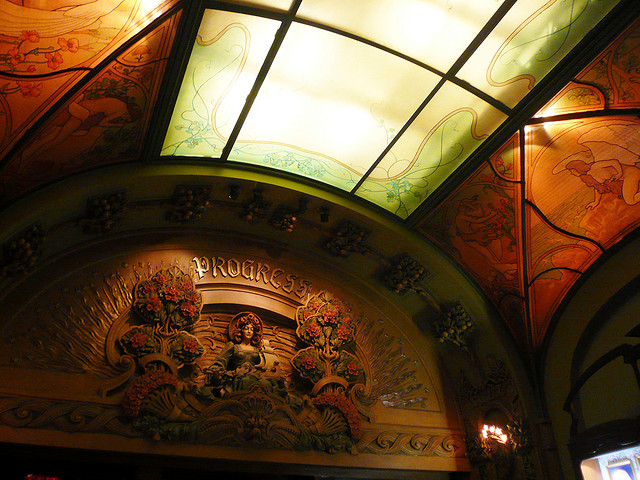
I was photographing this section when I noticed something that astonished me: a fingerprint.
On one of the plaster fruits was a fingerprint from 1901. The craftsman had formed the still-wet plaster fruit with his hands and had placed it on the ornate frieze. Upon closer inspection, each fruit was unique and many of them had fingerprints embedded into the plaster.
Richly adorned and highly ornate, the New Am is a registered National Landmark and a true treasure trove of craftsmanship. The plaster, woodwork, metalwork, and mural paintings are all made by hand. If you are ever in NYC, visit the New Amsterdam Theater, not for the production, but for the craftsmanship. It is a show you will never forget.

Why does a fingerprint on a plaster fruit from a building that was constructed in 1901 matter? Well, if you take a careful look around, you will see that “fingerprints” are making a comeback.
Craft beers. Craft chocolate. Craft butcher shops. Custom furniture. Craft jewelry. Craft farming…they are sprouting up all over.
From the Civil Life brewery to Kakao Chocolate to Stine Woodworking to Foster Jewelry, we are seeing a surge in all things hand-crafted. Our appetite for small, handmade, richly and lovingly crafted products is on the rise throughout our region and the country at large. What is going on? Why are we falling for the fingerprint in the 21st century?
A key concept that connects all these people and their creations is love. The folks at Civil Life love making beer. The chocolatiers at Kakao love making chocolate. David Stine loves making furniture and Adam Foster loves making jewelry. At JEMA, we love making architecture . . . and we are becoming more and more adept at hand-crafting the parts and pieces that comprise our work.

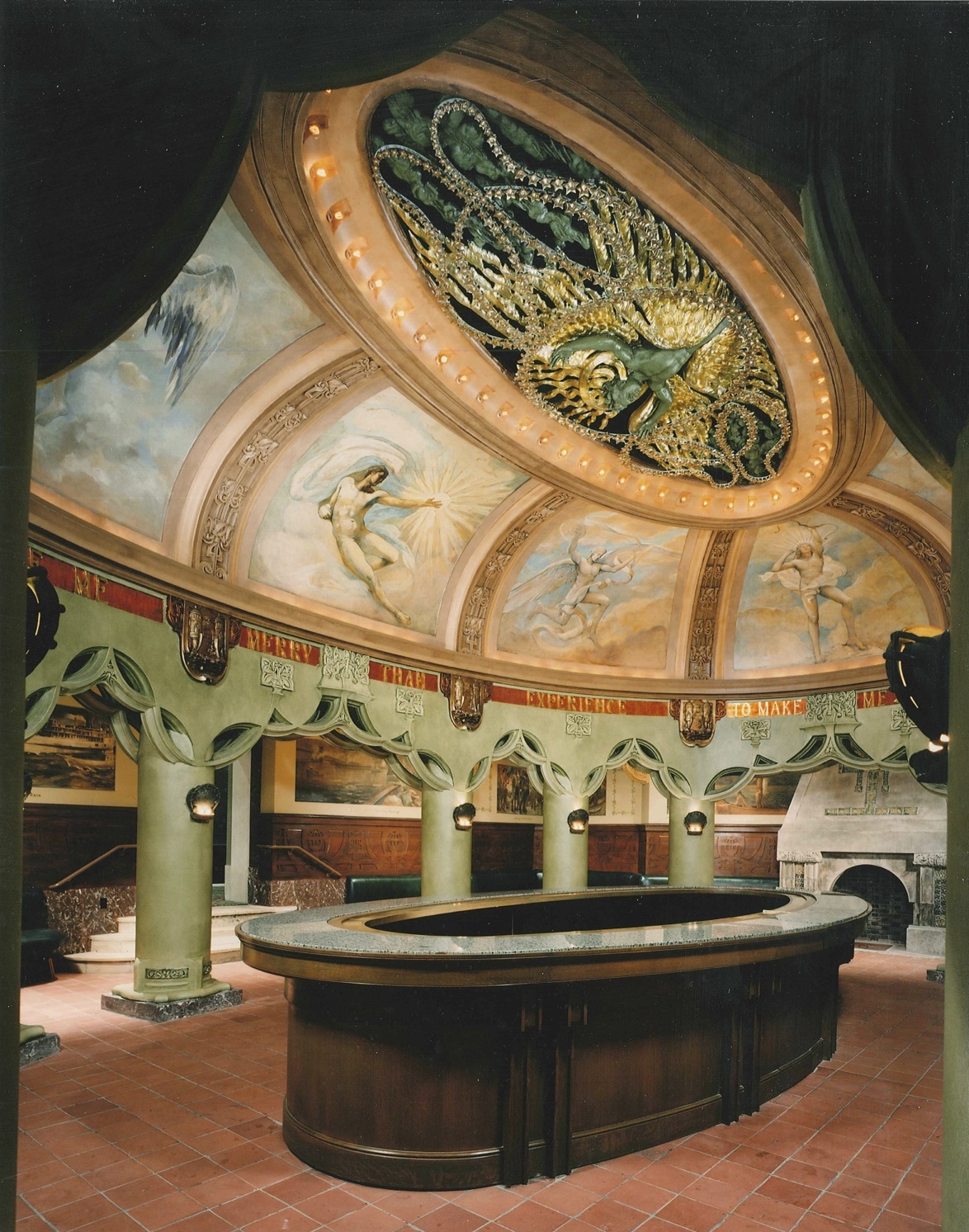
This shift is a big deal, since the majority of the things we buy and build are mass produced and see very little “love”. The mass production of our world’s stuff will never go away (and shouldn’t), but this fairly recent backlash towards a more personal touch is important. Certainly, a part of the surge of the hand crafted is a reaction to and a rejection of the increasing plasticity and monotony of our post-industrial world. But specialization has always had a predominant place in our economy. As envisioned by Adam Smith, specialization (as opposed to generalization) is one of the fundamental qualities of capitalism. But there is something deeper here. As we are absorbed all too often into our digital worlds where everything is visual and simulated, the real is making a comeback.
So how do we as architects fit into this? Buildings are more global now than ever, composed of a variety of products manufactured throughout the world and brought together and assembled on a particular site. Our buildings are like giant 3D puzzles made up of thousands of parts and pieces from nearly every continent. Unlike cars or toasters, each structure that we create is unique (I am not talking about “repeat” architecture of the fast food/big box type). Every building is a prototype never to be replicated. We have custom on our side, but what about the fingerprint, the hand-craft?
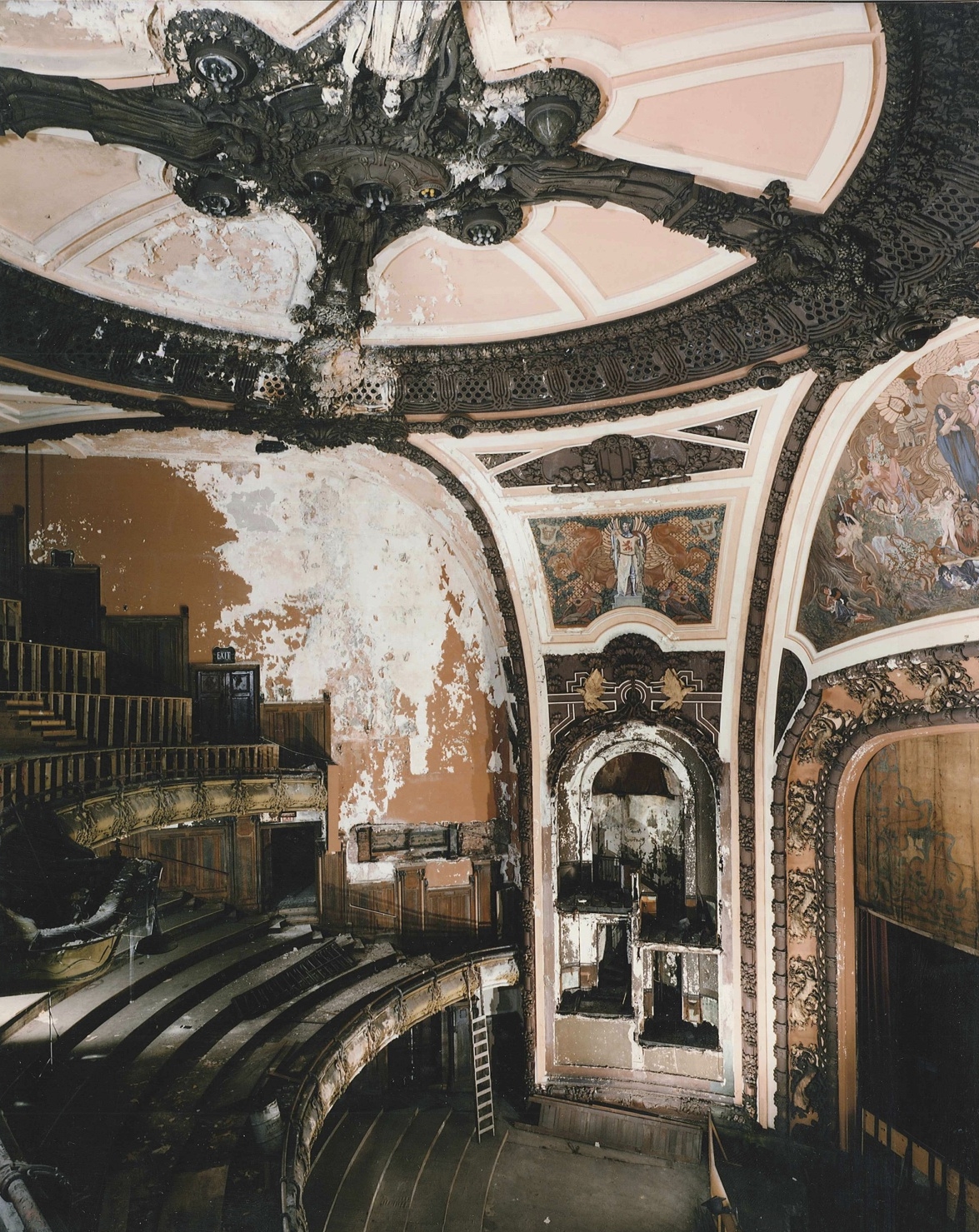
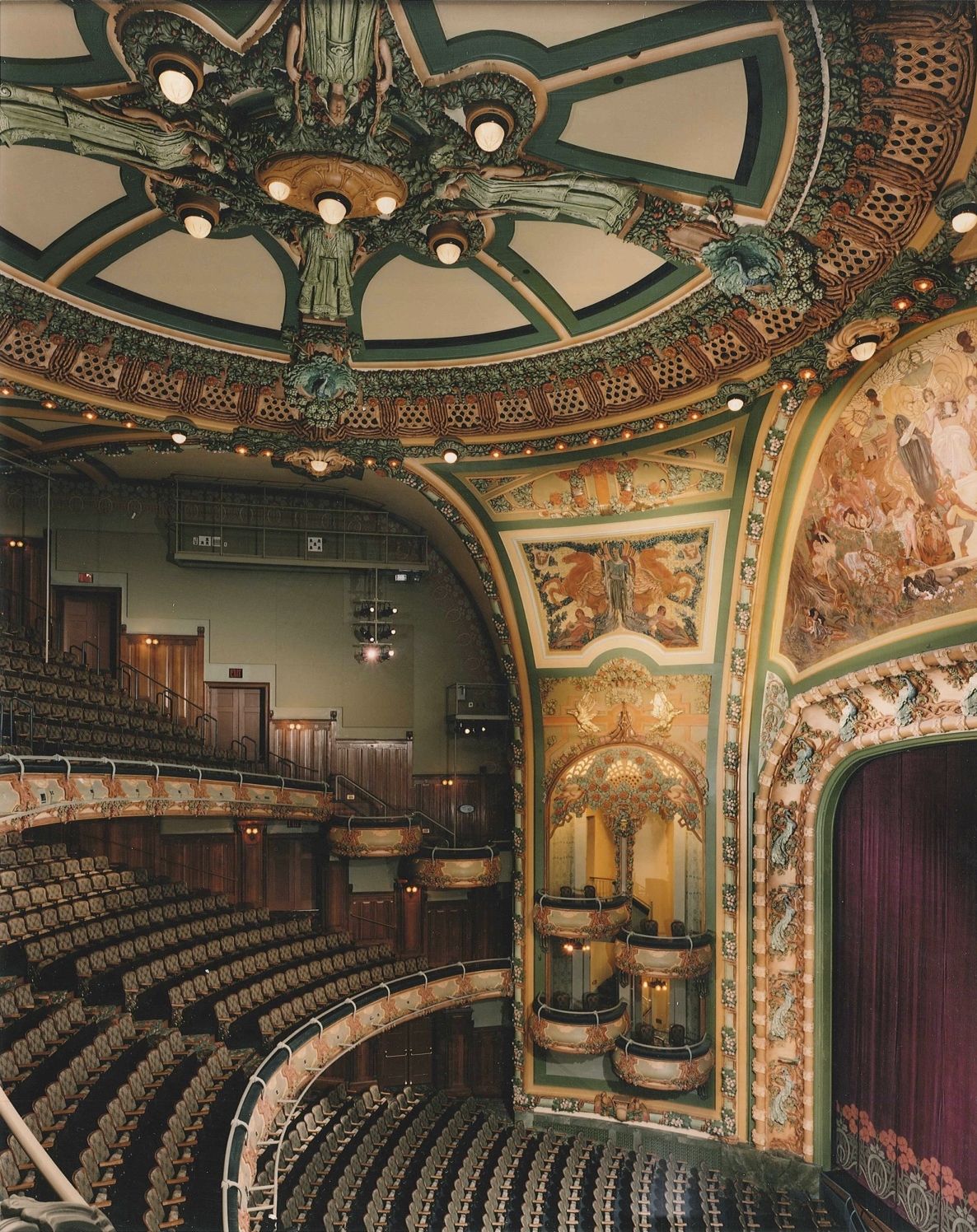
There are many obstacles to the return of the “fingerprint” in architecture. Primarily, they are:
• Economic: it takes a lot more time to make something by hand than to it does to buy it or make it in a factory.
• Skill: hand craftsmanship has been on the decline since the Industrial Revolution (that’s a long time!).
• Culture: our culture of construction is not accustomed to integrating handmade products, and building codes and contractors don’t know how to incorporate handmade building components. It has simply become a foreign language to us.
We have lost the ability to speak and understand this language.
Can we re-learn this language?
How can the language of the fingerprint return to architecture?

Stay tuned for the next post in this series: The Real Comeback.